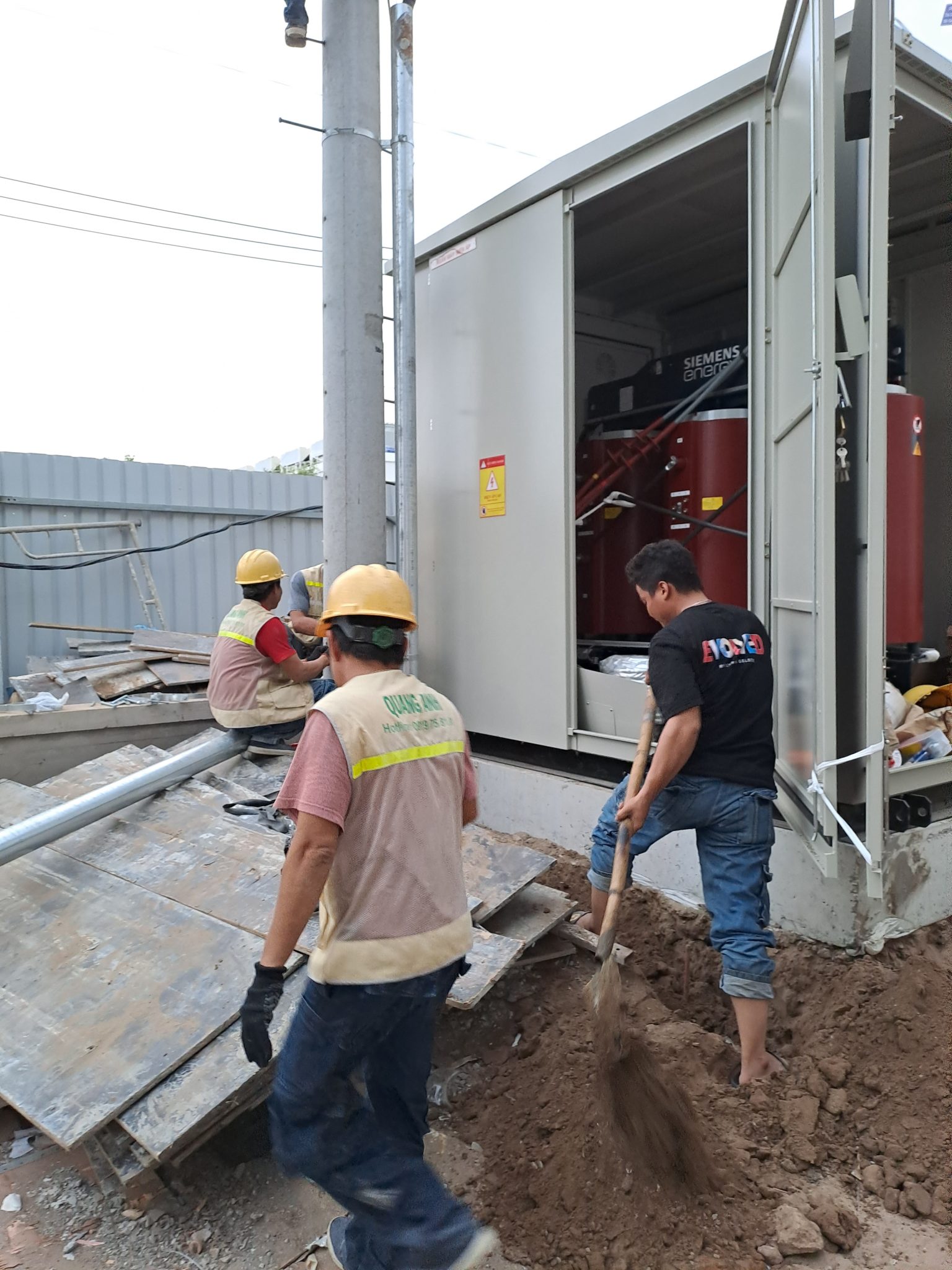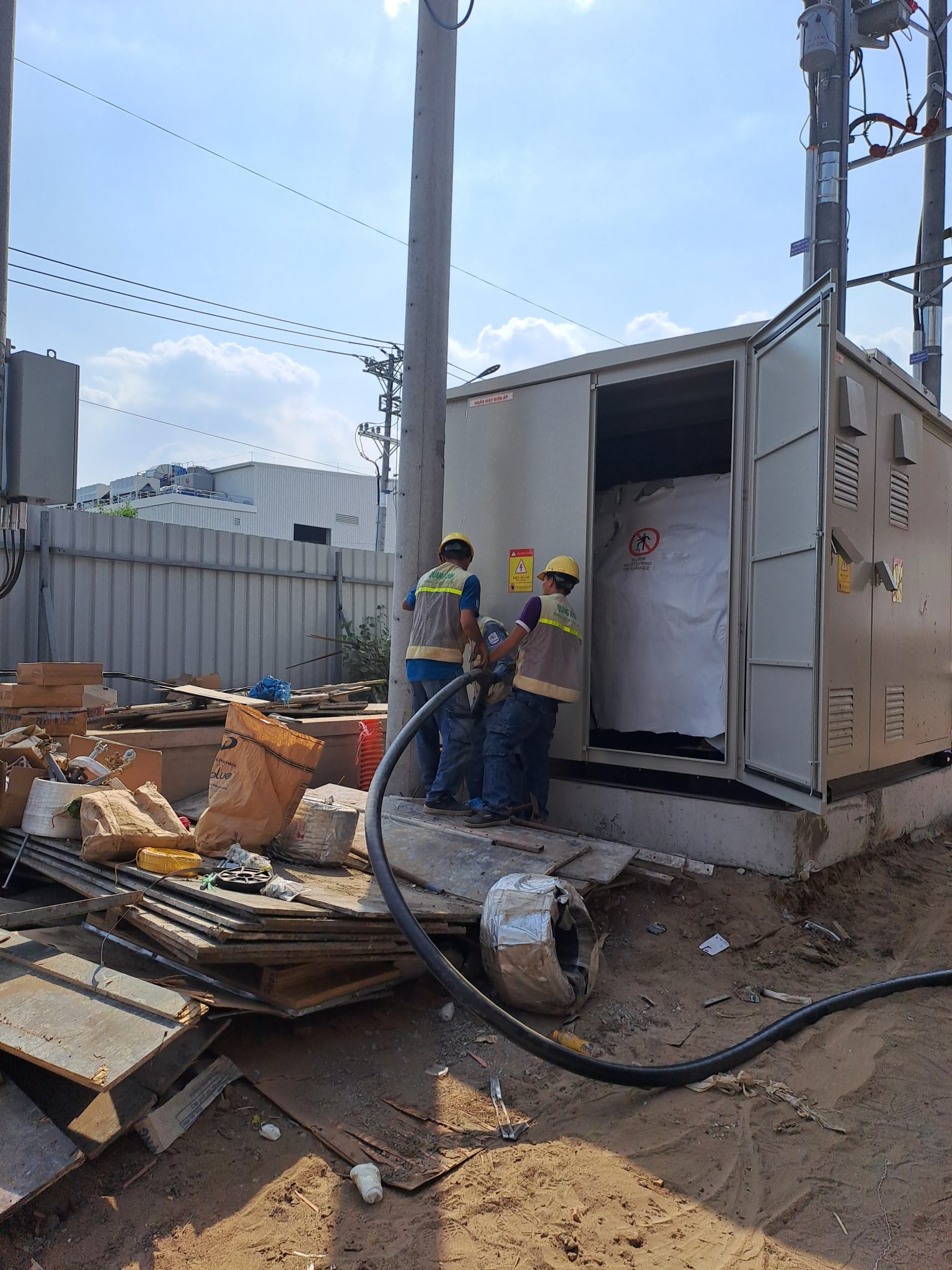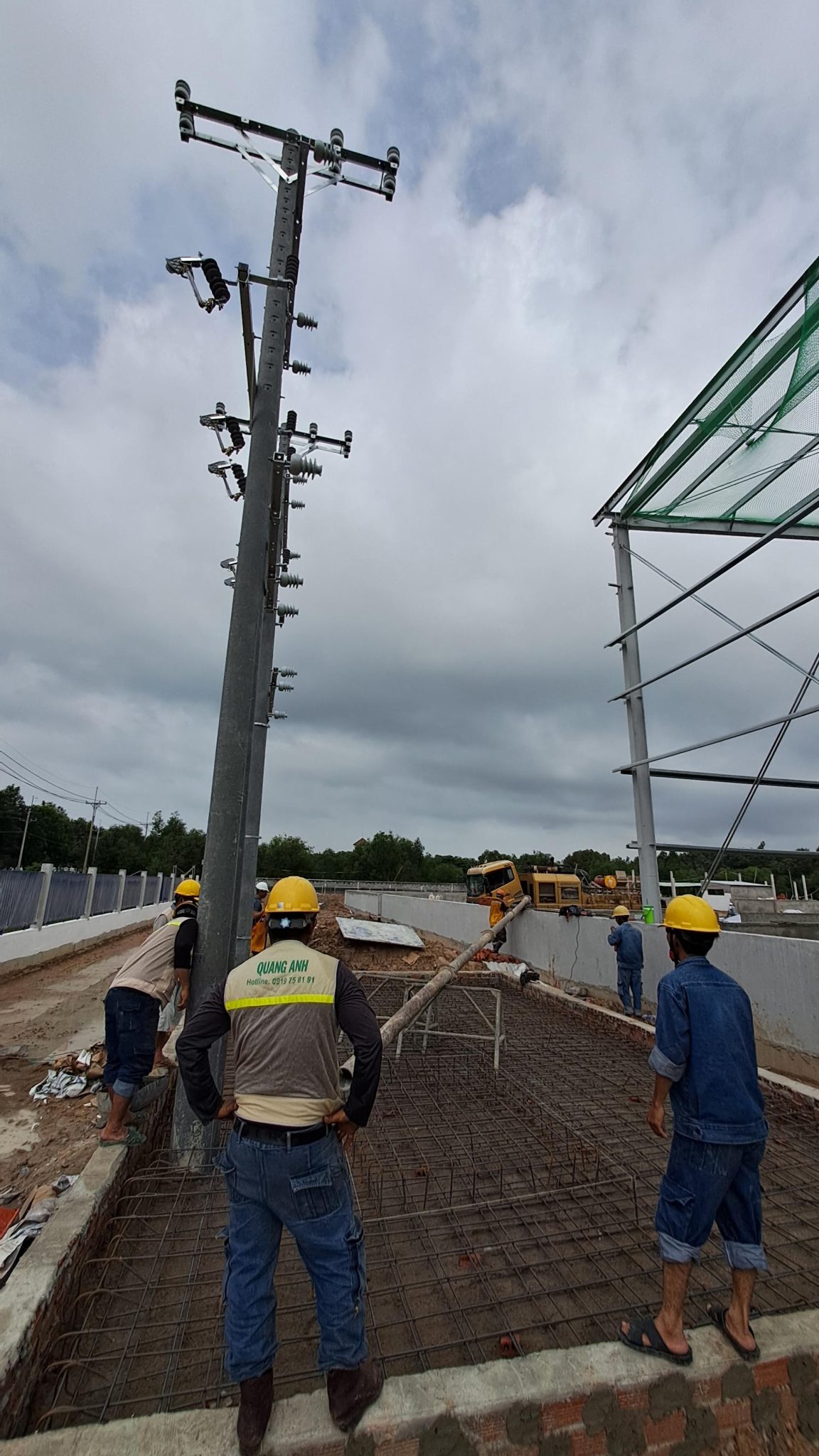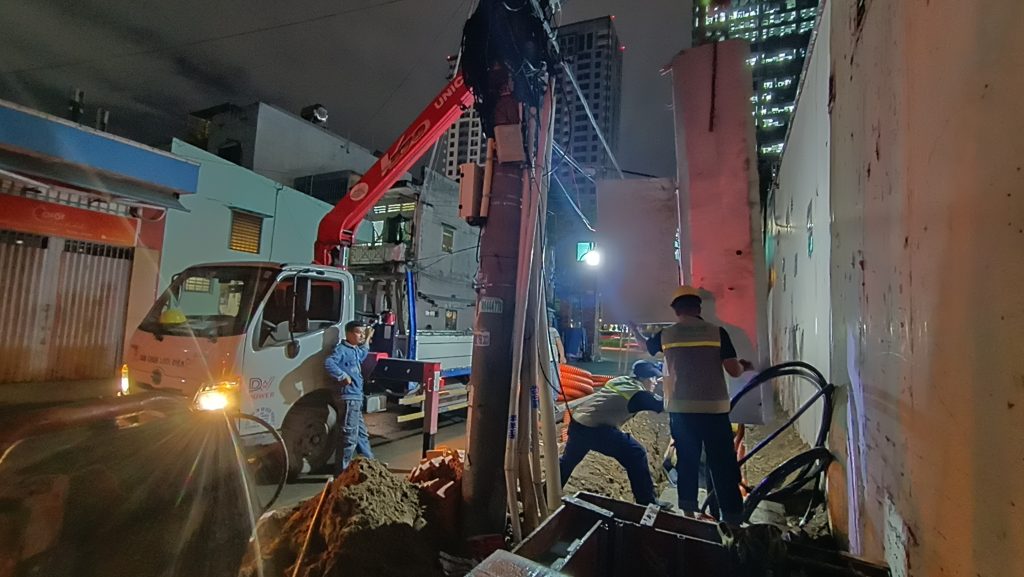News
Substation Installation Costs: Understand Factors and Processes
The cost of installing a substation depends on various factors such as the substation’s capacity, type, materials used, and scale of construction. Here are details regarding the costs and related factors of substation installation.
Factors Affecting Substation Installation Costs
Substation installation costs are influenced by many factors. First, the type of substation chosen significantly impacts overall costs. Framework substations usually cost less than pole or compact kiosk substations due to simpler manufacturing and installation processes. Second, the prices of materials and equipment like transformers, switchgear, cables, and poles depend on market fluctuations, which greatly affect total costs. Additionally, installation locations may increase costs if they are hard to access or require special design. Lastly, the scale and capacity also dictate costs, as larger-capacity substations typically require more expensive materials and equipment.
Project Scale and Substation Costs
The first factor, the substation’s scale, including capacity and size, greatly affects total costs. Larger-scale substations require more materials, electrical equipment, and labor, leading to increased construction costs. Especially, large substations often need high-quality transformers from reputable brands like ABB or Mitsubishi to ensure operational performance and sustainability.
Installation Location and Terrain Conditions
The substation installation location directly impacts the cost of transporting materials and electrical equipment. Challenging locations with poor accessibility or complex terrain increase the difficulty of construction, requiring specialized machinery, thereby raising total project costs. Choosing a convenient location can minimize costs, optimizing the project.
Equipment Quality and Substation Technology
The quality of electrical equipment and applied technology are key factors. Equipment from renowned suppliers like Schneider, Cadivi, or Sanaky ensures high technical standards, but the initial cost might be higher. However, they guarantee long-term efficiency and reduce future maintenance costs.
Labor and Construction Methods
Labor and project management costs depend on the skillset of the technical team and construction methods. Skilled labor reduces construction time and increases precision, minimizing risks and saving costs. In particular, the method of medium-voltage supply (overhead line or underground cable) and the distance from the cable connection point to the substation significantly affect costs, as underground cables and long distances are often more expensive.
Advanced Technology
The application of advanced technology, such as high-temperature superconducting (HTS) systems, although initially costly to install, helps reduce energy losses and long-term operational and maintenance costs.
Substation costs do not depend solely on individual factors; they are affected by many combined aspects, necessitating careful consideration to make the most optimal decision for a business.

Complete Substation Installation Process
The substation installation process includes multiple steps to ensure operational efficiency and safety. First is the survey and design consultation to optimize the substation for actual usage needs. The selection and supply of standard-compliant materials and equipment is the next step, ensuring high durability and performance. Then, perform the foundation construction, install transformers and associated systems, ensuring stable operation. Finally, testing, commissioning, energizing the substation, and providing operational guidance ensure user safety.
-
Preparation Before Installation
- Site Preparation: Identifying the exact installation site ensures technical design suitability, safe operation, and optimal transportation of electrical equipment.
- Materials and Equipment Preparation: Thorough inspection of transformers and related systems to ensure standard compliance upon delivery to the site.
-
Transport and Equipment Installation
- Transportation: Use suitable transportation methods with bridge-safe and secure movement to prevent equipment damage.
- Transformer Installation: Secure on foundations with fixed precision and protect insulative parts, ensuring electrical safety during this process.
- Auxiliary Equipment Installation: Includes switches and protection systems following the designed layout.
-
Substation Grounding System Setup
- Trench and Ground Rod Installation: The grounding system must ensure absolute electrical safety, maximizing incident reduction.
- Equipment Grounding: Grounding must be in sync with the system, ensuring all equipment is safely and effectively connected.
-
Inspection, Calibration, and Acceptance
- Location and Equipment Check: Verify the proper positioning and absolute safety of transformers and electrical equipment.
- Cleanup and Environmental Monitoring: Clean cable trenches, check temperature and humidity, and monitor environmental factors for efficient operation.
- Calibration and Testing: Conduct equipment tests as per the established wiring diagram, fully documenting acceptance records.
-
Connection, Energizing, and Handover
- Electrical System Connection: Connect equipment to the grid according to the design scheme, ensuring absolute electrical safety.
- Energizing and Trial Operation: Monitor operations, promptly addressing irregularities to ensure no risks occur.
- Project Handover: Hand over the entire project to the operator with complete files and technical documentation.

Choosing the Right Substation Type
Selecting the appropriate substation type not only optimizes installation costs but also ensures long-term operational efficiency. Framework substations are economical, suitable for projects with limited budgets. Meanwhile, pole substations and compact kiosk substations are choices for projects requiring higher performance and durability. Substation Scale must be thoroughly considered to appropriately meet usage demands, avoiding waste or power shortages.
To choose the right substation, accurately determining transformer capacity is crucial. The transformer’s capacity should be based on the total electrical consumption capacity, maintained at approximately 80% of the maximum required capacity to ensure steady and durable operation. In cases using multiple transformers, consider reserve capacity to maintain supply during emergencies. Additionally, considering extra factors like the power factor, load characteristics, and flatness of the load profile will optimize operating costs and transformer durability.
Transformer types must be selected based on safety and cost requirements. Isolation transformers are appropriate when high electrical safety and interference resistance are needed, typically used for sensitive electrical equipment. Conversely, autotransformers, with a compact size and low cost, are suitable for applications not requiring high electrical isolation.
Classifying substations by location and structure is also a critical consideration. Outdoor substations are ideal for areas with ample space and ease of maintenance. If weather protection of equipment is required, indoor substations (sealed substations) are optimal, especially in urban areas demanding safety and aesthetics. Moreover, full-package substations provide a comprehensive installation solution suitable for both urban and rural areas with complex electrical system configurations.
The purpose of use and installation location significantly influence substation choice. For industrial substations, choosing capacity and voltage appropriate to each production area and considering peak reserve capacity is necessary. Environmental conditions, space characteristics, and electrical safety requirements must be evaluated for installation decisions.
Some key technical considerations when choosing a substation include avoiding excessively small or large capacities, which can lead to overload or wasted costs. Additionally, consider load characteristics and future development trends to select suitable types and capacities for long-term planning. Finally, ensure compliance with safety requirements when selecting a transformer.

Substation installation is not just a technical decision but a high strategic investment. Optimizing costs, processes, and selecting suitable substation types brings economic efficiency and sustainable technical benefits to the project.
For detailed information and professional substation installation services, please contact QuangAnhcons via Hotline: +84 9 1975 8191.
QuangAnhcons offers comprehensive substation installation services, including surveying, designing, and construction. We commit to using high-quality materials, ensuring stability and safety for projects.

 Tiếng Việt
Tiếng Việt 简体中文
简体中文 Deutsch
Deutsch 日本語
日本語 한국어
한국어 ไทย
ไทย Русский
Русский Français
Français
